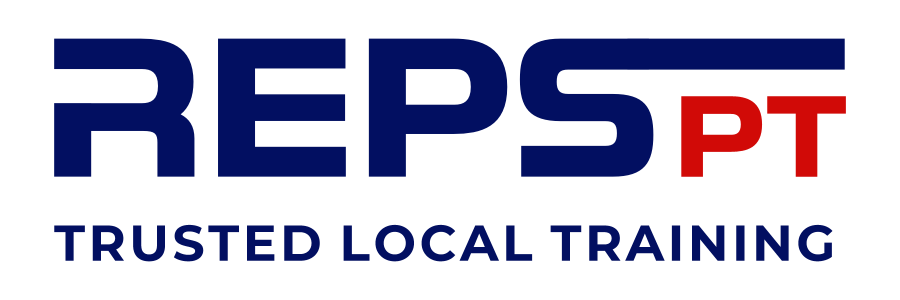The low stance leg press is a variation of the traditional leg press, where the feet are placed lower on the footplate. Typically, this means positioning the feet around shoulder-width apart or slightly wider, but closer to the bottom of the platform. This altered position shifts the emphasis of the exercise, targeting different muscle groups and providing unique benefits for lower body development.
Benefits of the Low Stance Leg Press
-
Increased Quadriceps Activation: One of the primary benefits of the low stance leg press is that it places a greater emphasis on the quadriceps (the muscles at the front of the thighs). With the feet positioned lower on the footplate, there is more knee flexion involved, which targets the quads more intensively compared to other stances, such as the high or wide stance.
-
Improved Knee Joint Strength: The increased knee flexion during the low stance leg press helps strengthen the muscles surrounding the knee joint. This can be beneficial for overall knee stability, which is important for activities that involve running, jumping, and squatting.
-
Greater Activation of the Calves: Placing the feet lower on the footplate causes the calves to work harder in the pressing phase. As the knees bend deeply, the calves are required to help stabilise and assist in the movement. This can contribute to greater calf strength and muscle development.
-
Better Focus on the Front of the Legs: The low stance leg press provides an excellent way to focus on building strength and muscle mass in the quadriceps. If you're looking to develop the front of your thighs, this variation allows for more direct targeting of the quads without too much involvement from the glutes and hamstrings.
-
Reduced Glute and Hamstring Activation: Since the low stance emphasises the quads, it reduces the contribution of the glutes and hamstrings, which are typically activated more in wider or higher stance variations. This makes the low stance leg press a good option for isolating the quadriceps, especially if you wish to reduce posterior chain involvement.
-
Safer Knee Flexion for Some Individuals: While deep knee flexion can sometimes be risky for those with knee issues, the controlled movement of the leg press machine can help reduce the risk of injury. The machine guides the movement, offering a more stable and safer environment for those focusing on knee strength and improving quad muscle development.
Form for the Low Stance Leg Press
-
Positioning:
- Sit on the leg press machine with your back fully supported, ensuring your head and shoulders are relaxed against the seat.
- Position your feet lower on the footplate, typically about shoulder-width apart or slightly wider, depending on comfort. The feet should be flat on the platform, with your toes pointing forward or slightly outward. This position should allow for maximum knee flexion during the press.
-
Foot Placement:
- Place your feet at the bottom of the footplate, keeping them flat. The toes should point straight ahead or slightly outward, which will allow for optimal engagement of the quadriceps.
- Ensure that your feet are placed evenly on the plate to avoid any imbalances that could affect the movement.
-
Grip:
- Hold the handles or armrests of the machine for stability, ensuring that your body stays firmly in place during the exercise. Keep your torso relaxed and avoid lifting your hips off the seat.
-
Execution:
- Begin by pushing the weight upwards, straightening your legs but avoiding locking your knees. Focus on controlling the movement as you extend your legs.
- As you lower the weight, bend your knees deeply, ensuring they track in the same direction as your toes. The low foot placement encourages deeper knee flexion, which increases the activation of the quadriceps.
- Inhale as you lower the weight and exhale as you press it back up, focusing on the quads to drive the movement.
-
Posture:
- Keep your back firmly pressed against the seat throughout the exercise, ensuring that your spine remains in a neutral position. Avoid arching your back.
- Engage your core muscles to support your posture and provide stability during the movement.
-
Range of Motion:
- Lower the weight until your knees are bent at around a 90-degree angle or slightly deeper if you’re comfortable and have the flexibility. Ensure that your knees stay aligned with your toes and do not cave inward or push too far out.
- Avoid going so deep that you cause strain on your knees or hips. A controlled and moderate range of motion is ideal.
Key Tips
- Start with a lighter weight to familiarise yourself with the movement and ensure proper form, particularly if you're new to the low stance leg press.
- Control both the pressing and lowering phases of the movement to maximise muscle activation, particularly in the quadriceps, and to avoid using momentum.
- Pay attention to the position of your knees—they should not extend past your toes as you lower the weight.
- Breathe steadily: inhale as you lower the weight and exhale as you press it back up.
The low stance leg press is an effective variation for anyone looking to build quadriceps strength and muscle mass, as well as improve knee joint stability. By incorporating this variation into your training routine, you can target the front of the legs in a controlled and effective manner. With proper form and consistency, the low stance leg press can contribute significantly to your overall lower body strength and development.

